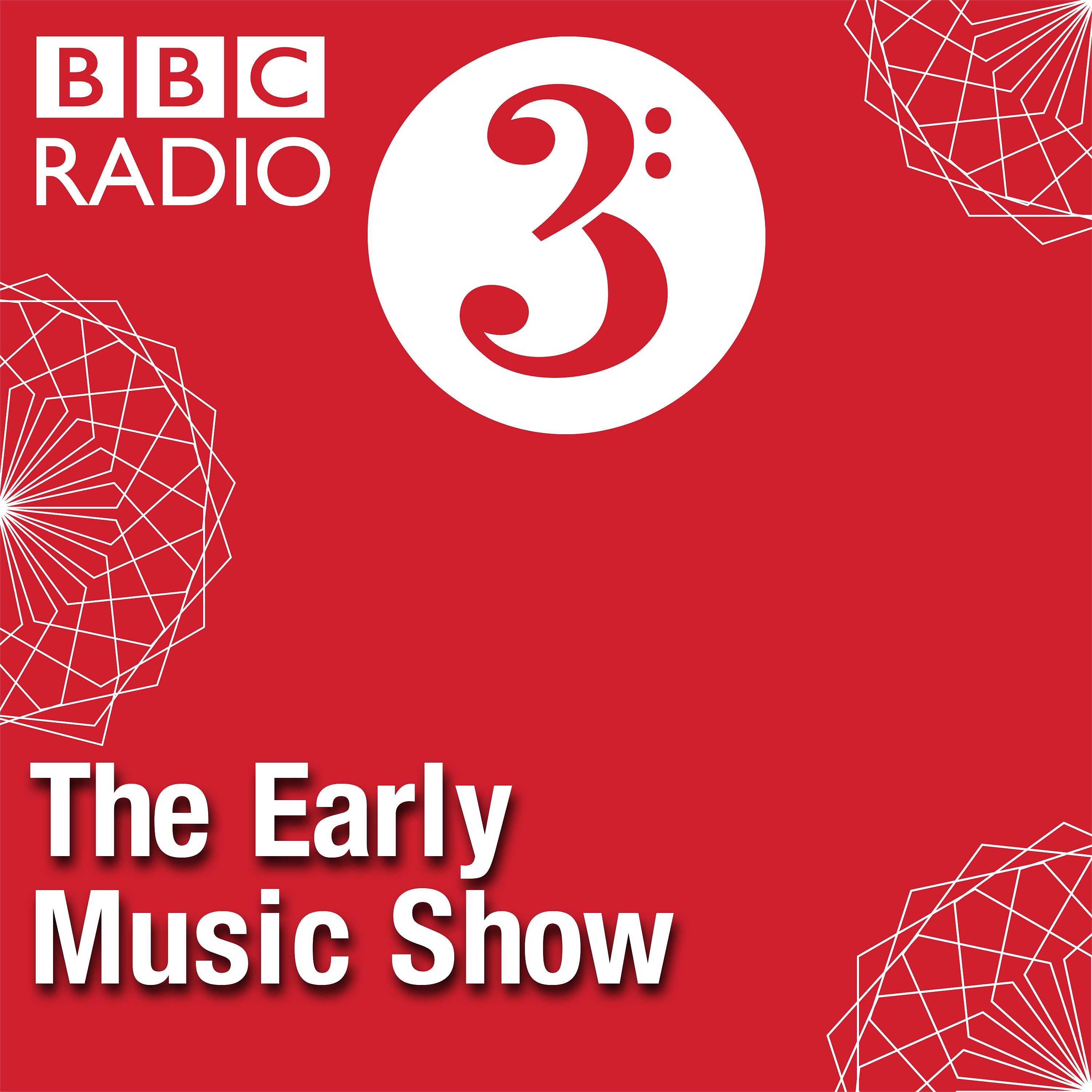Lully Lullay

b"
Lucie Skeaping explores the tender art of the lullaby, from ancient melody to Elizabethan song, and discovers how this most intimate of forms offers inspiration to the world of early music.
The act of rocking a child to sleep with a gentle tune is one of our most simple and natural forms of music-making. They are common to all cultures and ages, and though they are varied, they all share remarkable similarities. Their words are soothing, using onomatopoeic and nonsense sounds, like the 'ninna nanna' of Italy and the English 'lulla lulla'.
Often these lullabies are passed down from generation to generation and are known throughout regions and countries. But they are also transformed by this oral transmission. Many look outward to nocturnal themes, or to daily chores and the baby itself.
Religious themes are also widespread. By its very nature, the lullaby has a certain gentle spirituality and its serenity is particularly suited to the Nativity. It reminds us of Mary's pure devotion to the baby Jesus, her gentle care and the universality of this particular kind of miracle. Many Christmas carols incorporate gentle rocking rhythms, simple structures, repetitive motifs or common phrases, like the 'Lully Lullay' of the well-known Coventry Carol. Many were also well-known secular tunes that were given devotional subjects in an attempt to lead audiences away from profane subjects. Others depict holy figures in easily-recognised scenes from daily life - Joseph rocking the cradle or Mary washing nappies.
As well as featuring traditional music, and anonymous composers from around the world, the programme features pieces by English composers Anthony Holborne, William Byrd and John Bennet.
"